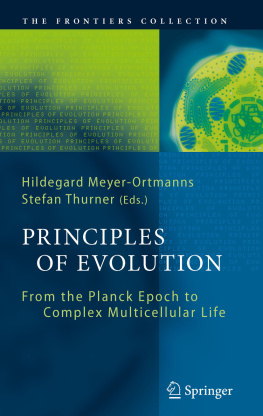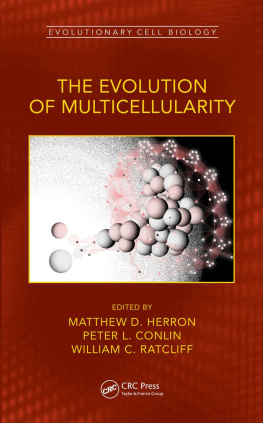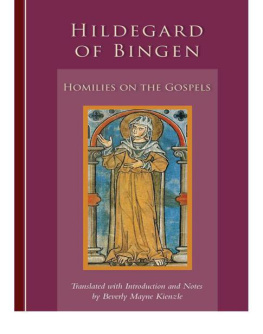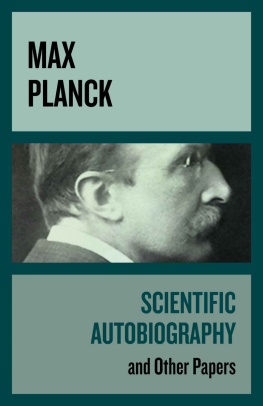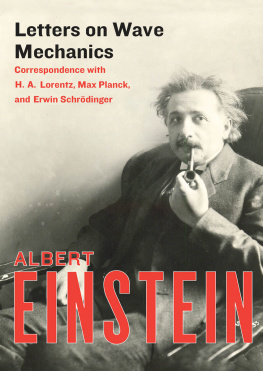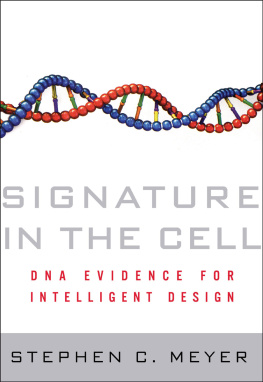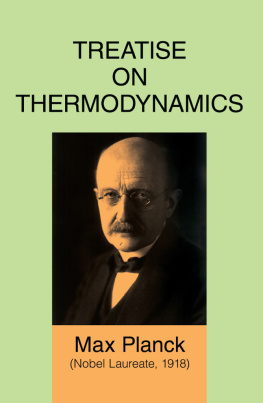Hildegard Meyer-Ortmanns and Stefan Thurner (eds.) The Frontiers Collection Principles of Evolution From the Planck Epoch to Complex Multicellular Life 10.1007/978-3-642-18137-5_1 Springer-Verlag Berlin Heidelberg 2011
1. Introduction
Abstract
This introductory section serves as a summary of overarching concepts, universal features, recurrent puzzles, a common language, and striking parallels between units of life, ranging from simple to complex organisms. We start with a short chronology of evolution, since nowhere else in this book is the historical path of evolution followed. An underlying common methodology of all articles here is reductionism. The section on reductionism illustrates the great success of this approach with examples from physics and biology, including also a hint on its abuse when it is pushed to extremes. Guided by the success of reductionism, one may wonder whether there is a universal theory of evolution. Such a universal theory does not exist, but striving for universal laws makes sense when it is based on striking similarities between seemingly very different realizations of systems whose dynamics is governed by the very same mechanism. In this case recurrent behavior goes beyond a superficial analogy. Again we illustrate the concept of universality with examples from physics, but also indicate limitations in view of universal equations. Beyond universal laws, universal principles of organization may be at work. One such overarching principle is self-organization. In addition to its known successful application in various disciplines such as physics, chemistry, and cell biology, it leads to a challenge for future research on how far one can further stretch this concept to explain all complex outcome of evolution as self-organized. Common to the various examples of self-organization in later chapters is the emergence of a complex structure out of less structured or even random initial conditions. The very choice of initial conditions is often the art of the game. In the spirit of reductionism, the initial conditions should involve as little structure as possible to let the complex structure emerge from the very rules of evolutionary processes. This demand may lead to chicken and egg-like dilemmas. Such dilemmas appear in many facets in and outside natural science. They are intimately related to questions of origin, in particular the origin of life. Questions of lifes origin go along with an estimate of the date when first forms of life appeared. Therefore another evocative topic concerns the very probability of life coming into existence in the course of evolution. This relates to the tension between contingency and necessity, stochastic fluctuations and deterministic rules. The question arises as to whether, if we were able to rewind the tape of evolution and replay it again, contingency would lead to minor differences or even changes in the gross features of the evolutionary outcome. Rewinding the whole tape is science fiction, but rerunning short sequences of this tape is reality. We collect a few such attempts from contemporary lab experiments under controlled initial conditions or related computer simulations. Without mathematical modeling, seemingly natural extrapolations lead to premature or even false conclusions on the evolutionary potential. Therefore we disentangle the reduction of complexity from misleading oversimplifications and conclude with an appeal for mathematical modeling also in biology. Finally we summarize all chapters of this book to embed their content in the context of this book.
1.1 A Short Chronology of Evolution
The contributions to this book refer to essentially three different epochs of the universe: the very early state about 14 billion years ago, which was the time when the conditions were fixed for the later structure formation of the universe; a second epoch, about 4 billion years ago, after our planet had formed and early forms of life were created, and a third epoch, when life organized in cells and societies as of today. In view of these three periods we present a very coarse-grained view in the following. The reason for the coarse-grained selection is that in the first and second epochs we cannot follow the historical path, owing to lack of data. Most detailed is the history of evolution from earlier to current life forms, because it is based on the fossil record, but the fossil record gives no hint about pathways of chemical evolution and the bridge to biological evolution []. Owing to lack of data from the remote past, the historical route to life is very speculative and will remain so in the future. Therefore in this book, no statements will be found on how life really emerged, but only how it may have emerged, and what the possible pathway could have been, and the proposed options are certainly not unique; they kindle controversial discussions on the pros and cons of genetic first models, whose representatives argue in favor of an RNA-world to start with, or metabolism first models, with (auto)catalytic reaction networks first, or compartment first models, with a lipid world as starting point. The partition into these three options for what came first reflects the three necessary ingredients of a primitive cell: a molecular realization of coding and storing information in the form of RNA and DNA, metabolism for providing the fuel for the machinery to run, and compartmental structures with a division mechanism needed for the heredity of information.
Going backwards in time from the prebiotic to the chemical world, governed by the laws of chemistry and physics, and further back to the world governed merely by the laws of physics due to its elementary constituents, we end up at the big bang, about 14 billion years ago. Big bang stands for an extrapolated event prior to some finite time in the past when the universe originated from an extremely hot and dense state of matter, as predicted by so-called Friedmann models (for a more detailed discussion, refer to ). One may be tempted to extrapolate classical notions of space and time back to time zero, but such a naive extrapolation leads to singularities in the formulas, the classical description becomes meaningless. In standard chronologies one finds instead of time zero an extremely tiny number assigned to the big bang, namely 1044 s. What sense does it make to assign such an incredibly small number to an event that initiated an evolution lasting over 14 billion years? 1044 s is the time light takes to travel a distance on the order of the Planck length, which is . The Planck length in turn is defined in terms of three fundamental constants of physics, the velocity of light (in vacuum) c , Newtons gravitational constant G , and the (reduced) Planck action constant , according to . The mass that can be constructed in terms of these quantities by dimensional arguments is . This number sounds less exotic than the Planck length: it is not extremely large, orders of magnitude (107) smaller than the mass of a bacterium (since we deal in this book with bacteria in another context, the comparison is natural), neither is it extremely small, it is 1019 times larger than the mass of a proton, and the energy required to create such a particle out of the vacuum is far too high to be achieved in labs via particle accelerators.
So the question remains why these fundamental constants and units matter at all in view of the big bang. Backwards in time the universe got denser and hotter. When it reached a density on the order of the Planck mass per Planck length, quantum mechanical and gravitational effects became important at the same time. The reason is the following: The Compton wavelength that can be uniquely assigned to a particle is the length scale within which quantum properties become relevant. On the other hand, also the Schwarzschild radius can be uniquely assigned to the same particle: if the mass of this particle is confined to a sphere with a radius as small as its Schwarzschild radius , it ends up as a black hole, and by then at the latest gravity can no longer be ignored. So one may ask for which mass density both lengths are (roughly) the same. Here it turns out that if the Planck mass is concentrated over the tiny region with an extension on the order of the Planck length, both length scales are almost the same, that is, the particles Compton wavelength is of the same order as its Schwarzschild radius. (The restriction of the same order and almost the same refers to prefactors on the order of one, while the Planck mass and Planck length are known to high accuracy due to the corresponding accuracy for the fundamental constants that are used for their very definition.) Now, if quantum mechanical and gravitational effects play a role at the same time, which happens (probably earlier, but certainly) no later than when the universe has reached the Planck density, classical notions of space and time as used in Einsteins general relativity become meaningless: a unified theory of quantum gravity is needed. Quantum gravity, however, is one of the most challenging branches of theoretical physics and one easily encounters paradoxes when it is applied to cosmology. To date there is no proposal of a candidate that is convincing in all desired theoretical properties, but proposals have been made, and we shall learn about one of them in .

